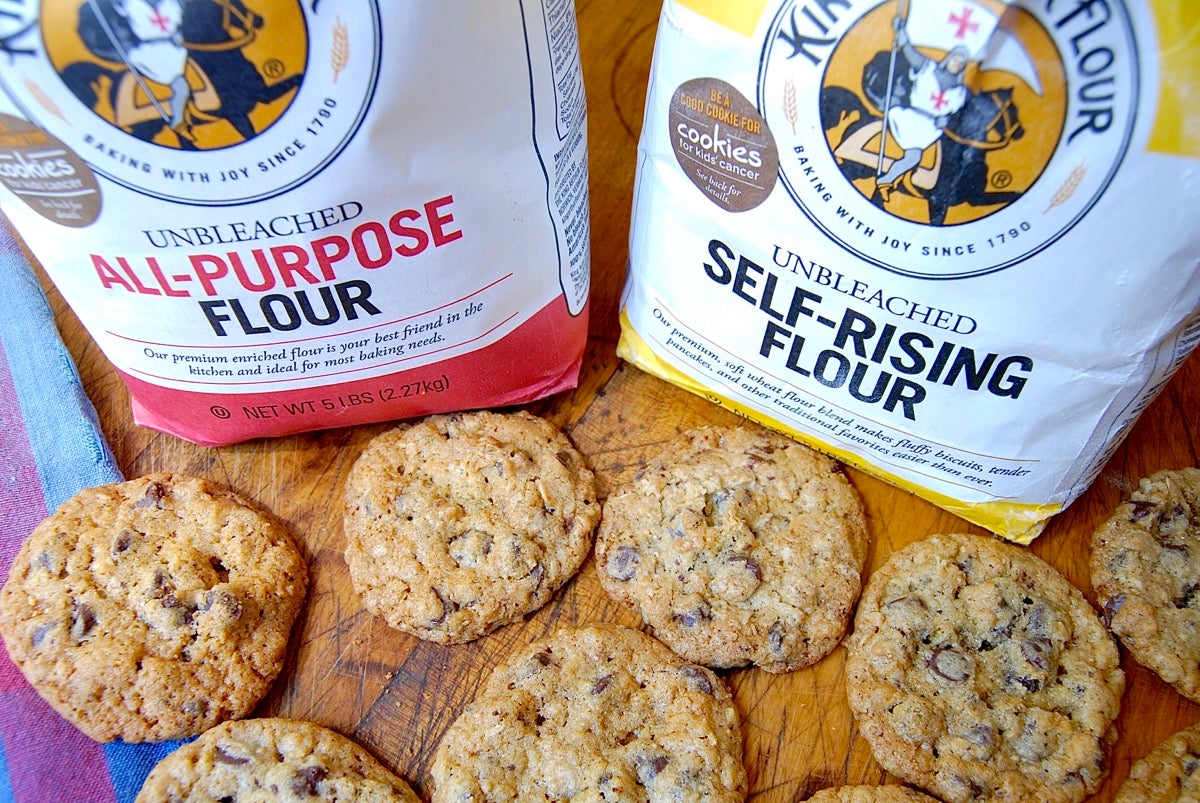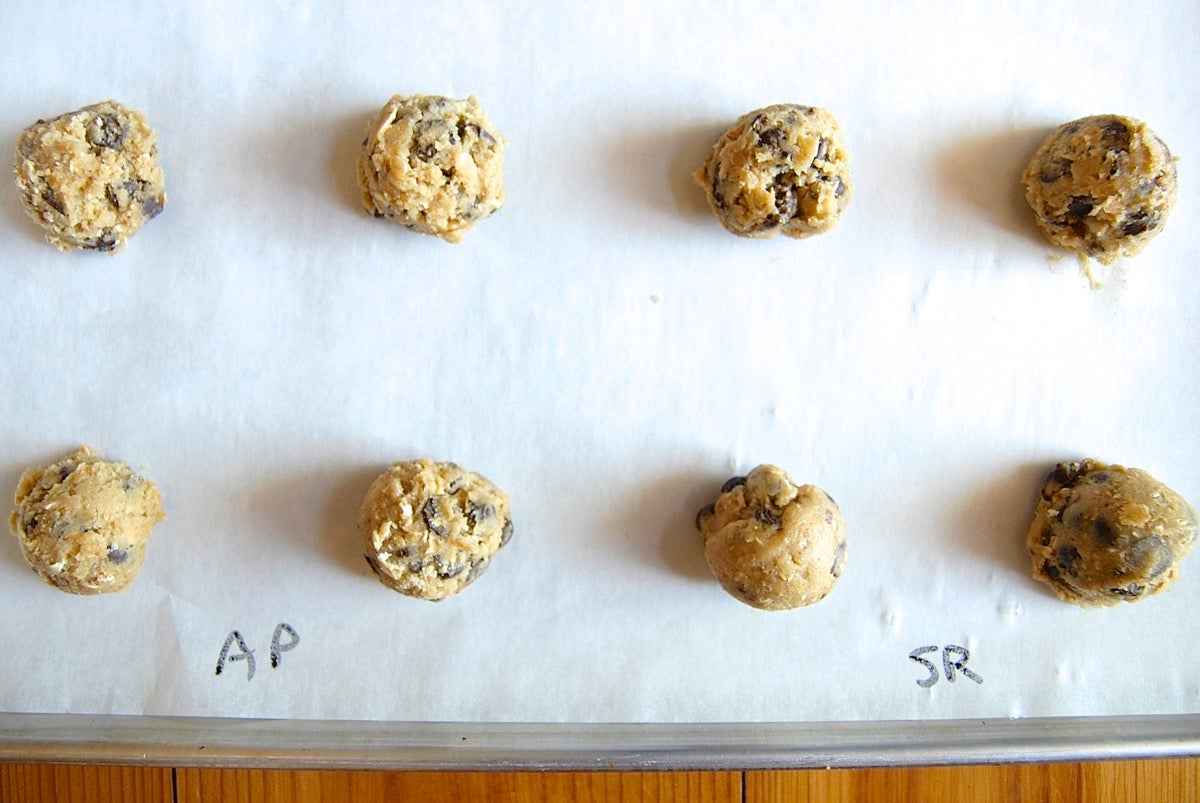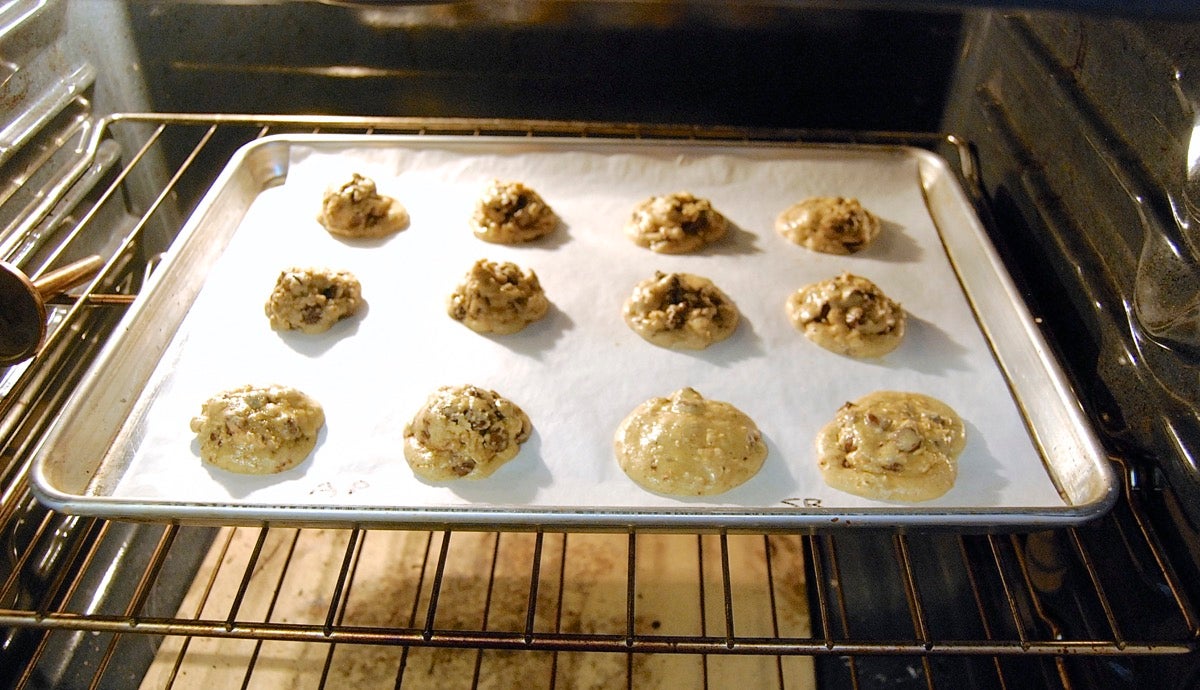How to Make Dumplings Without Self Raising Flour
You bought a bag of self-rising flour to make biscuits.
And you made biscuits, and they were superior: moist, tender, high-rising, and REALLY easy.
But you still have most of a bag of self-rising flour left – now what?
Well, there's no need to use that self-rising flour ONLY in recipes calling for it. By using the following guidelines, you can easily substitute self-rising for all-purpose flour in many of your favorite recipes.
1. To substitute self-rising for all-purpose flour, look for recipes that use baking powder: about ½ teaspoon per cup of flour, minimum.
Our self-rising flour includes both a concentrated form of baking powder, and salt. Self-rising flour will work just fine in recipes using about 1/2 teaspoon (and up to 1 teaspoon*) baking powder per cup of flour.
*What about recipes using more than 1 teaspoon baking powder per cup of flour? Add enough baking powder on your own to make up the difference.
2. When making the substitution, omit the baking powder and salt from the recipe – it's already in your self-rising flour.
Let's see how these tips translate to real life – starting with a worthy candidate, our 2015 Recipe of the Year: Chocolate Chip Oatmeal Cookies.
Besides including leavening and salt, self-rising flour also differs from all-purpose in its protein level. All-purpose flour's protein is 11.7%; self-rising checks in at 8.5%.
That's quite a difference. How will that translate to cookies? I have my suspicions; let's see how they play out.
OK, we've got our all-purpose flour dough balls on the left, self-rising on the right. The recipe calls for 1 teaspoon baking powder and 2 cups of all-purpose flour – which meets the criteria of 1/2 teaspoon baking powder per cup of flour.
The dough looks the same for both versions. Let's put these beauties to the test: into the oven they go.
Ah, as I suspected: the self-rising flour cookies (right), with their lower protein, start to spread more quickly than those made with all-purpose flour.
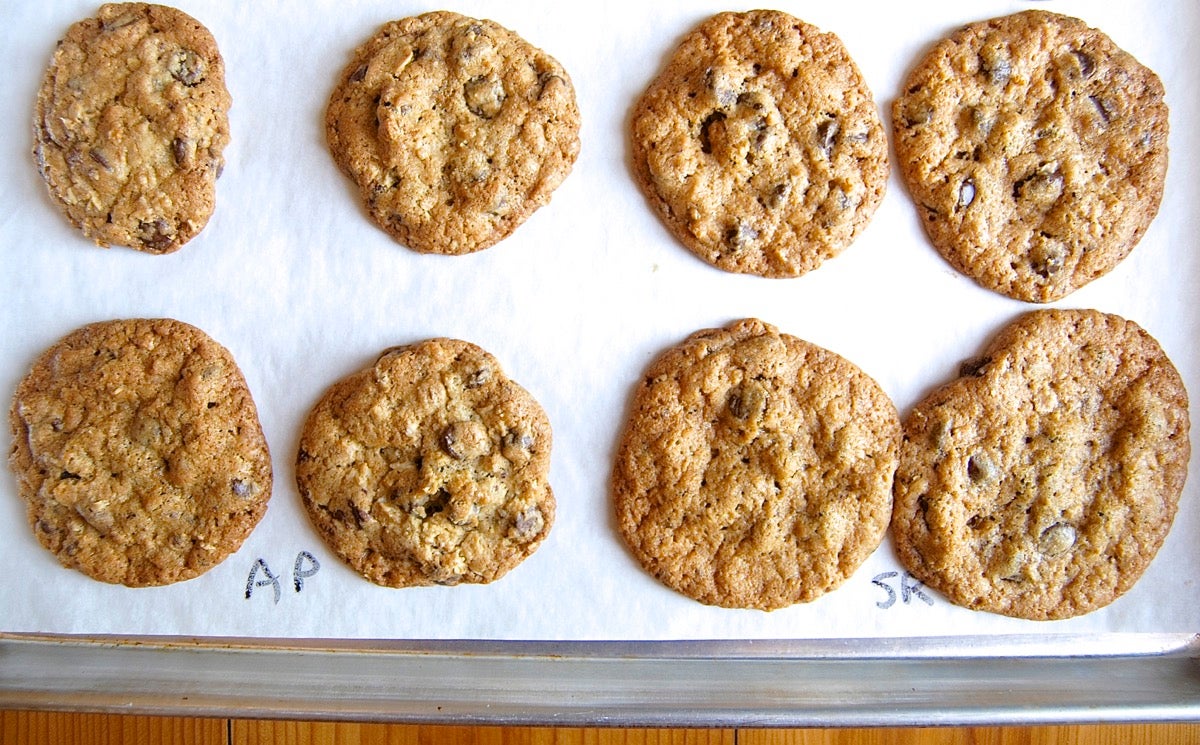
And that quicker spread yields slightly larger, flatter cookies.
What's up with that? Lower protein means less gluten, which translates to less/looser structure: more oven spread.
Not a deal breaker, though. I wouldn't throw those self-rising cookies away – would you?
If you have a cookie recipe that spreads a lot using all-purpose flour, then it's probably not the best idea to substitute self-rising flour. But any cookie with normal spread – one using at least 1/2 teaspoon baking powder per cup of flour – should be just fine.
Chocolate chip oatmeal cookies: check.
Let's try another popular recipe, Banana Bread. The recipe calls for 1 teaspoon baking powder and 2 1/4 cups of all-purpose flour.
Uh-oh – that's not "at least 1/2 teaspoon baking powder per cup of flour." But rules are made to be tested, and it's close; let's see what happens.
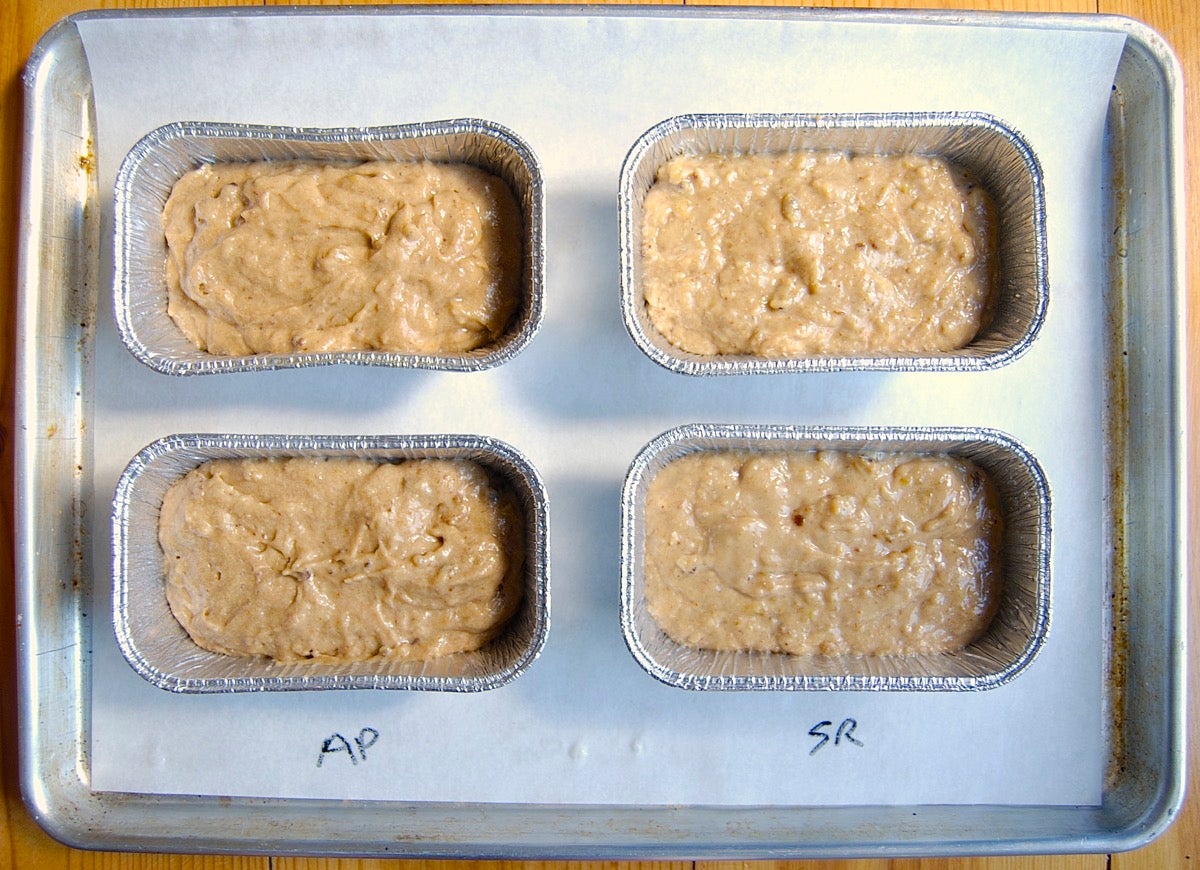
The batter made with self-rising flour is just slightly thinner. Again, that's a reflection of self-rising's lower protein level.
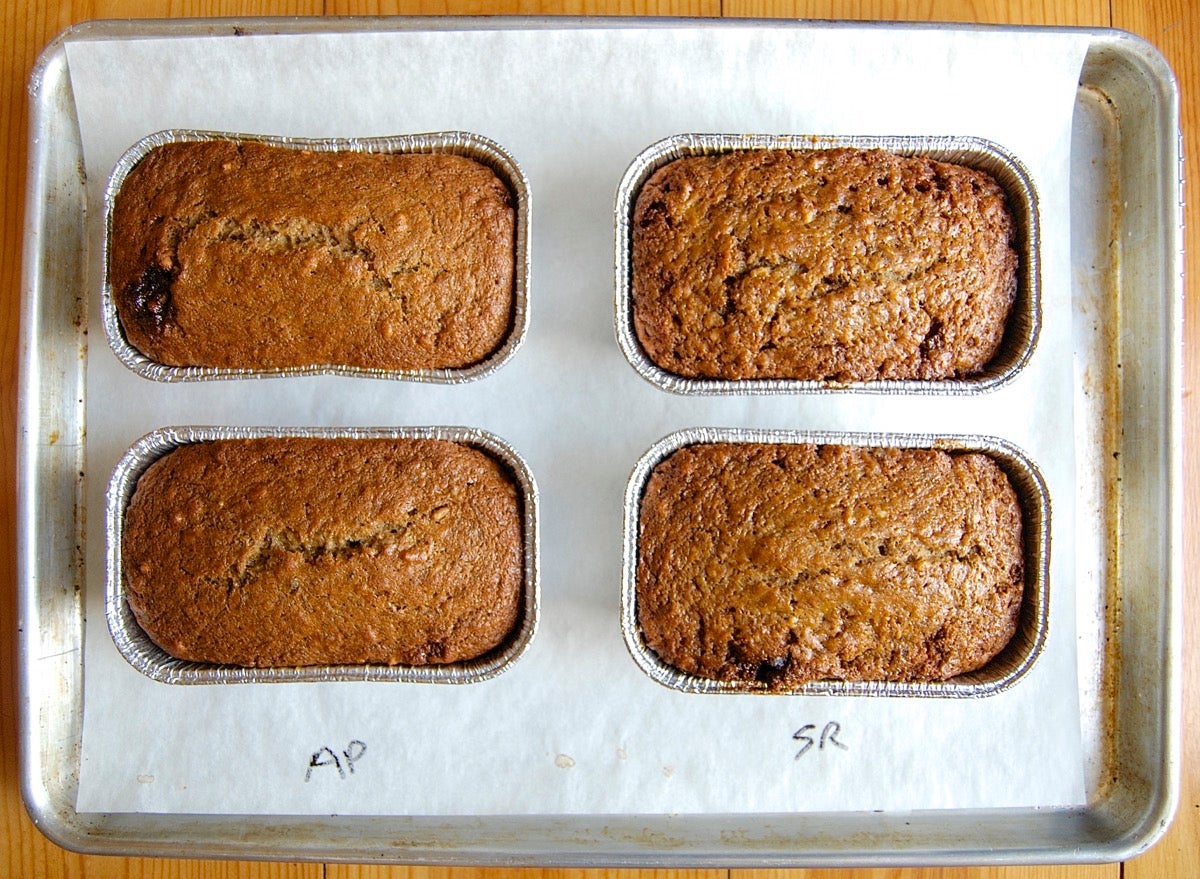
Still, both breads rise and bake up similarly.
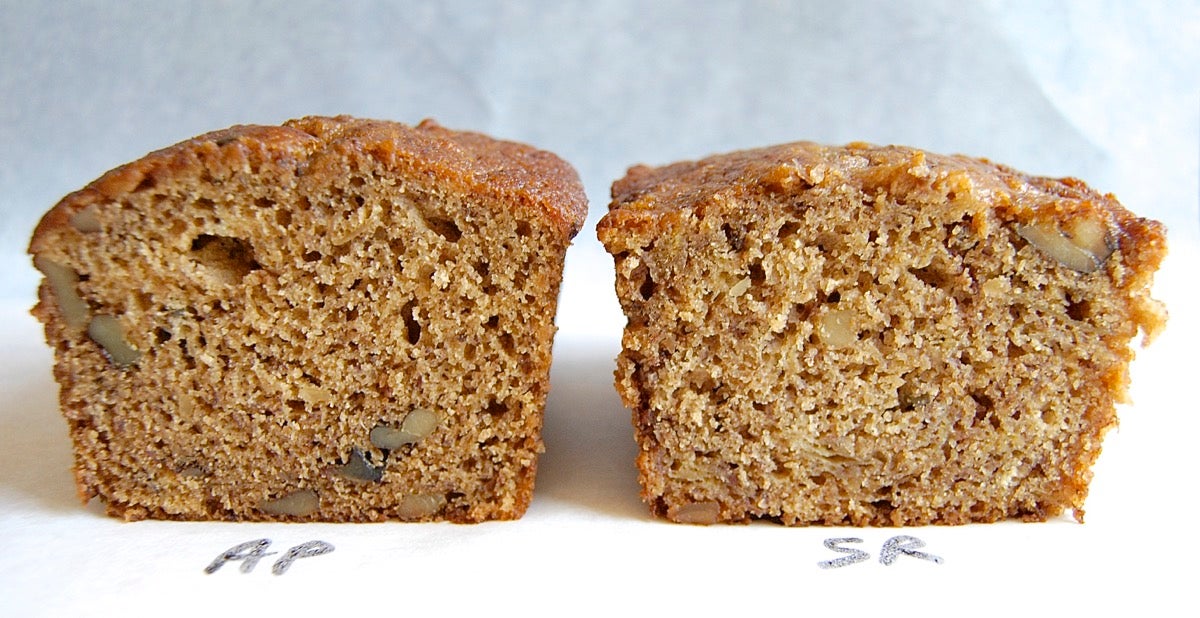
Maybe the self-rising flour bread is a tiny bit flatter across the top? But without a side-by-side comparison, you'd never know.
Banana bread: check.
Finally, let's try one of my favorite cake recipes, Lazy Daisy Cake.
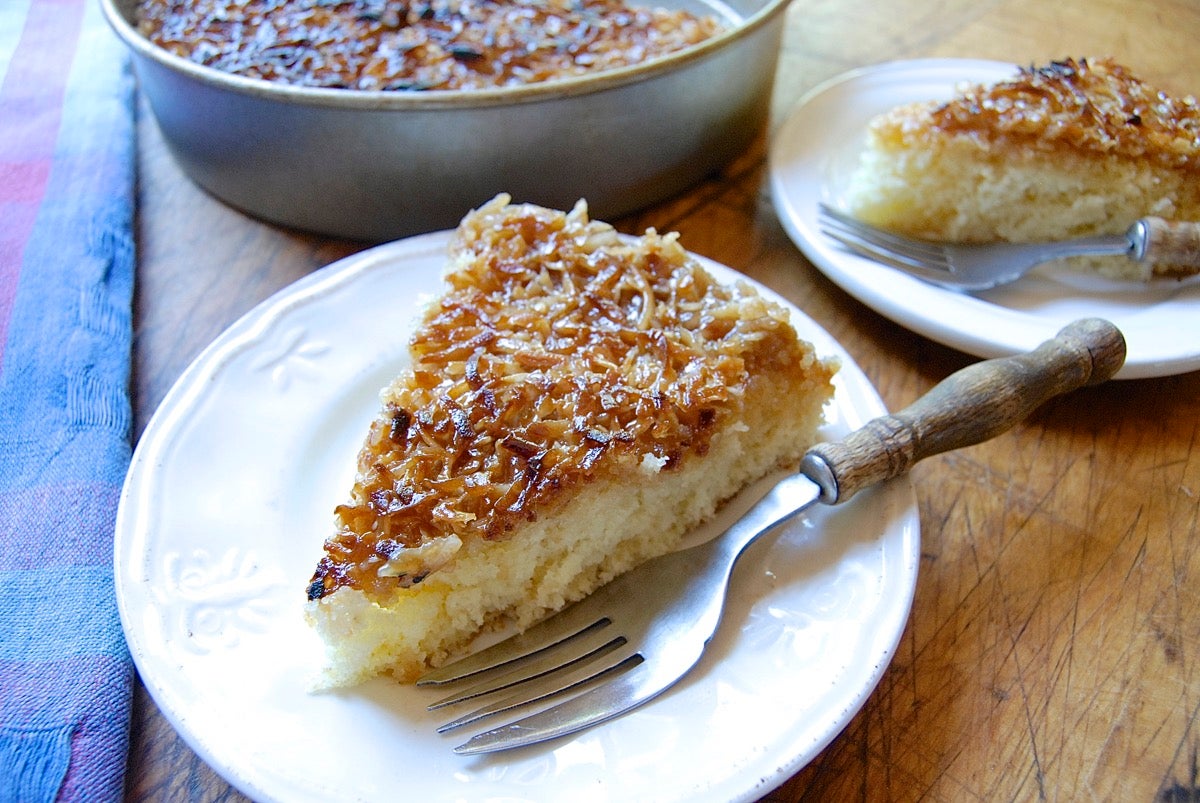
This is the first recipe I ever baked on my own. As a 14-year-old holding down my first Saturday job, I felt EXTREMELY grown up when my boss, noticing me admiring a slice of cake she'd brought for lunch, hand-printed this recipe on a 3" x 5" card (remember those?) and gave it to me.
I felt even more grown up when I got out my mom's electric beater, her favorite bowl, found all the ingredients, and baked a perfectly wonderful cake. In fact, I think it might be this cake that first hooked me on baking.
Let's see how it does with self-rising flour. It's an old-fashioned hot milk cake, calling for 1 teaspoon baking powder and 1 cup of flour: that's 1 teaspoon baking powder per cup of flour, double the minimum.
Will the self-rising flour have enough leavening power?
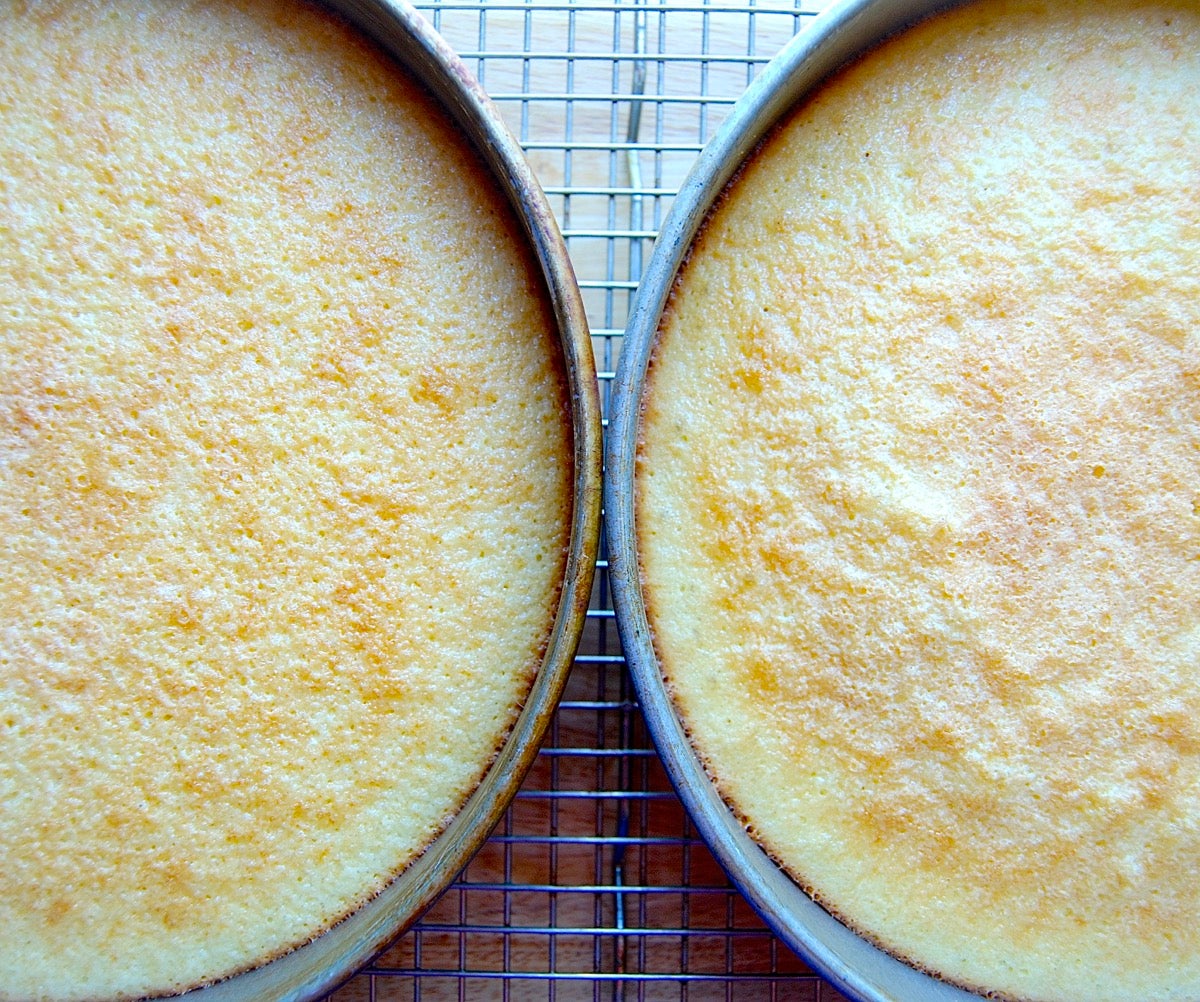
Absolutely. That's all-purpose flour on the left, self-rising on the right. They look exactly the same.
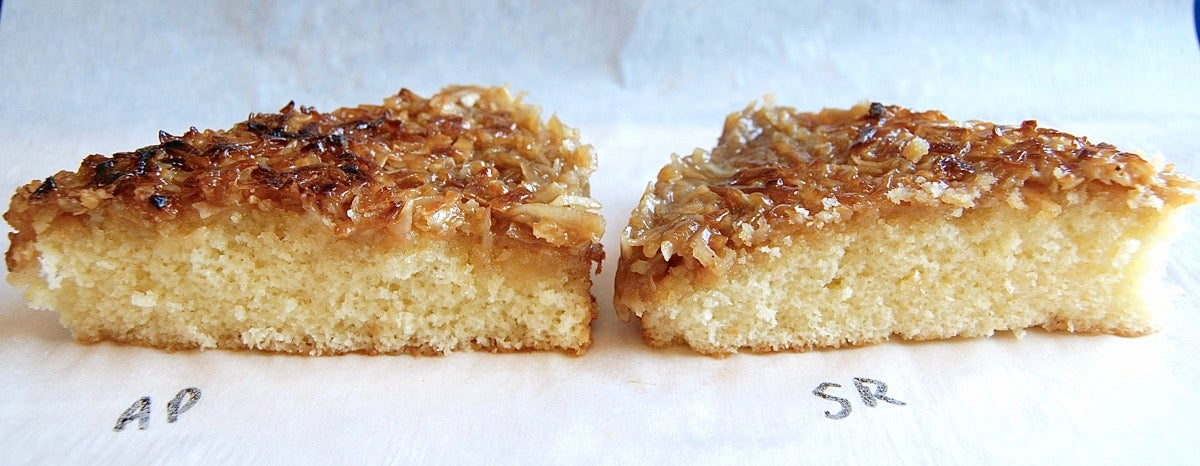
Once cut, it appears the all-purpose flour cake may have risen a bit more evenly; but that also might be just a simple aberration. Both have a lovely crumb.
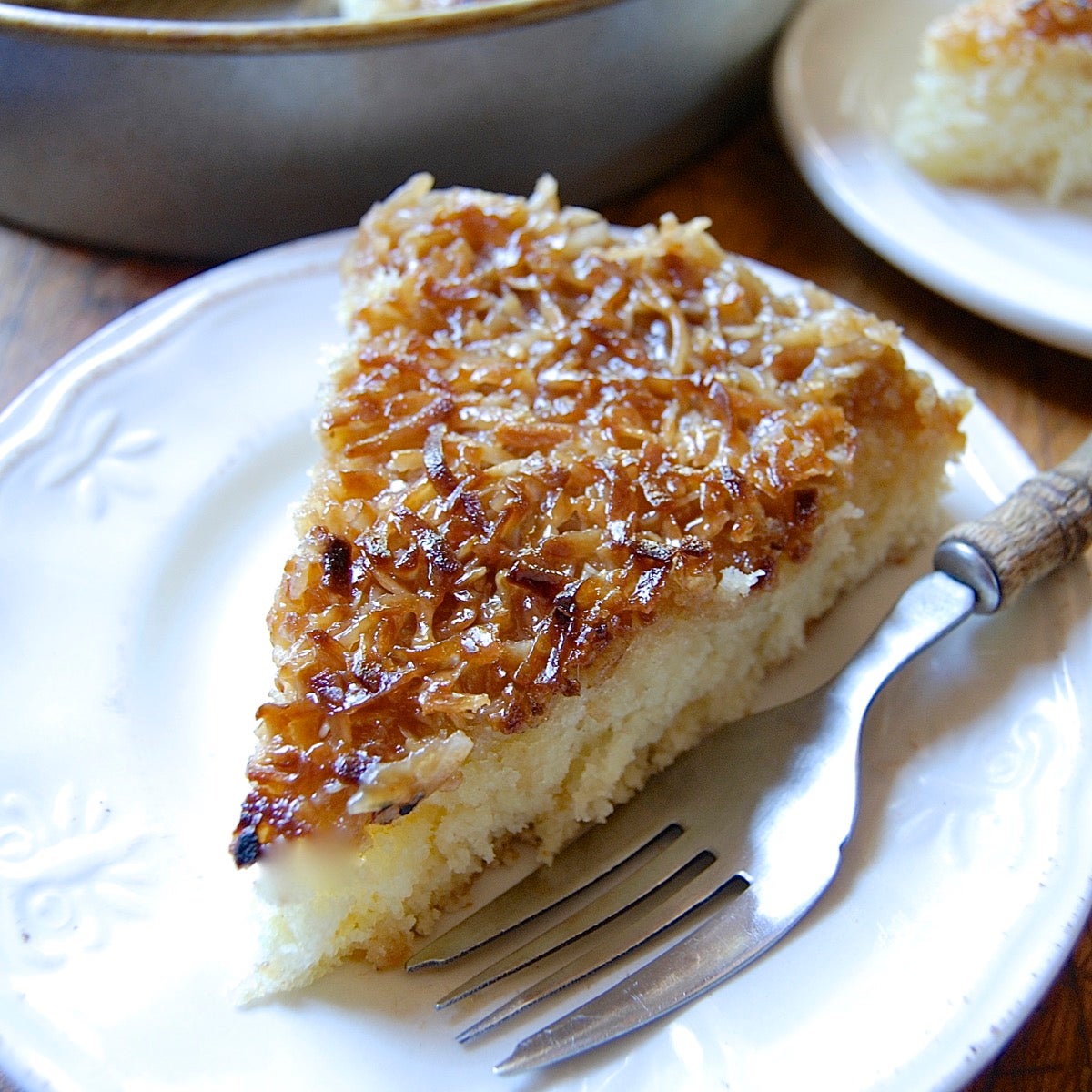
And both versions, with their broiled brown sugar/coconut topping, taste just as I remember from junior-high days: superb.
Hot milk cake: check.
Now, what about recipes that include both baking powder and baking soda? Or only baking soda – no baking powder?
For recipes with both leaveners, include the baking soda just as you would if you were using all-purpose flour.
For recipes using baking soda, but no baking powder – well, you're on your own. I can tell you that as far as leavening power goes, 1 teaspoon of baking powder is approximately equivalent to 1/4 teaspoon of baking soda. I leave any further recipe math up to you!
How to Make Dumplings Without Self Raising Flour
Source: https://www.kingarthurbaking.com/blog/2015/09/09/substitute-self-rising-flour-purpose-flour
